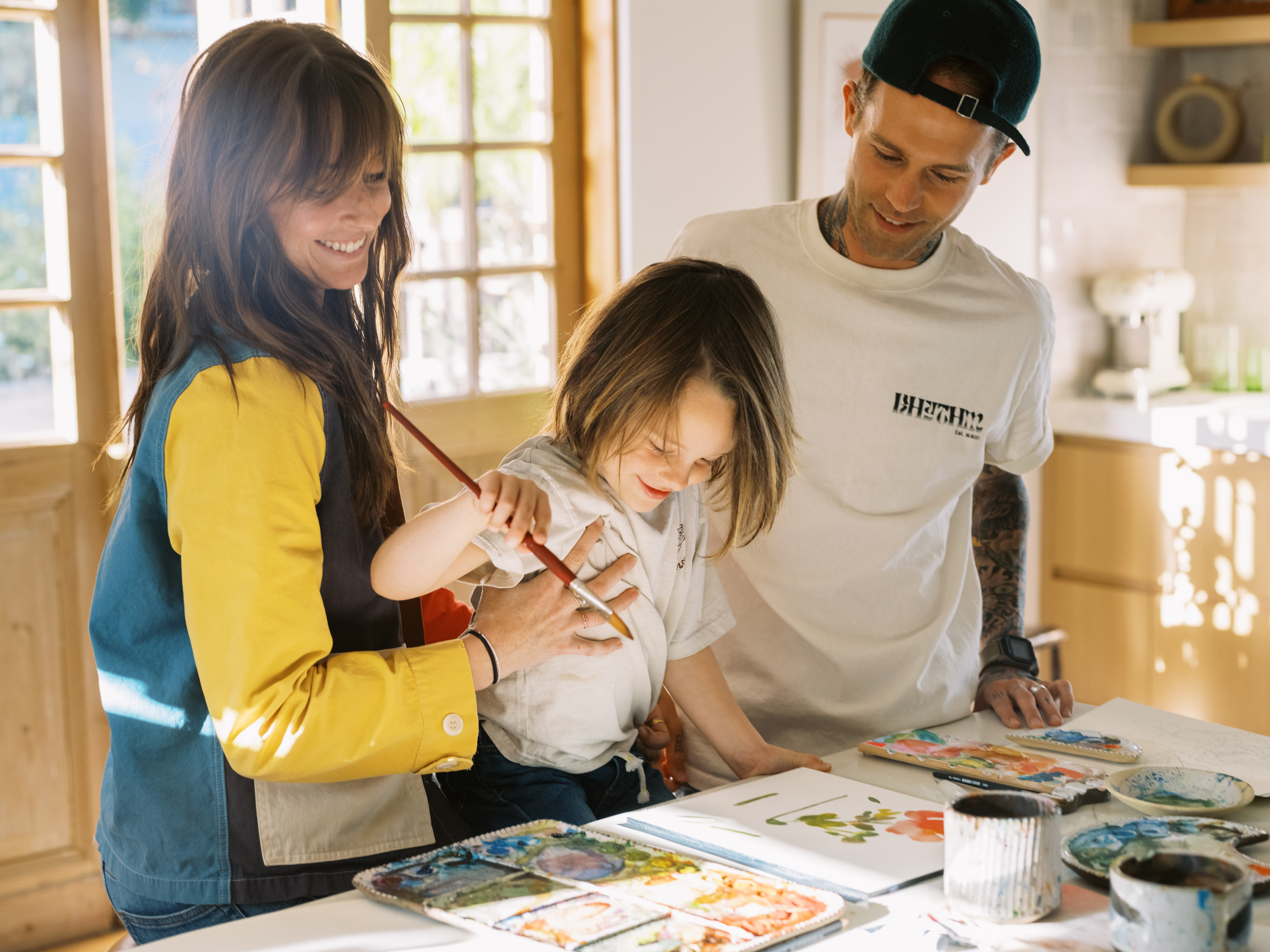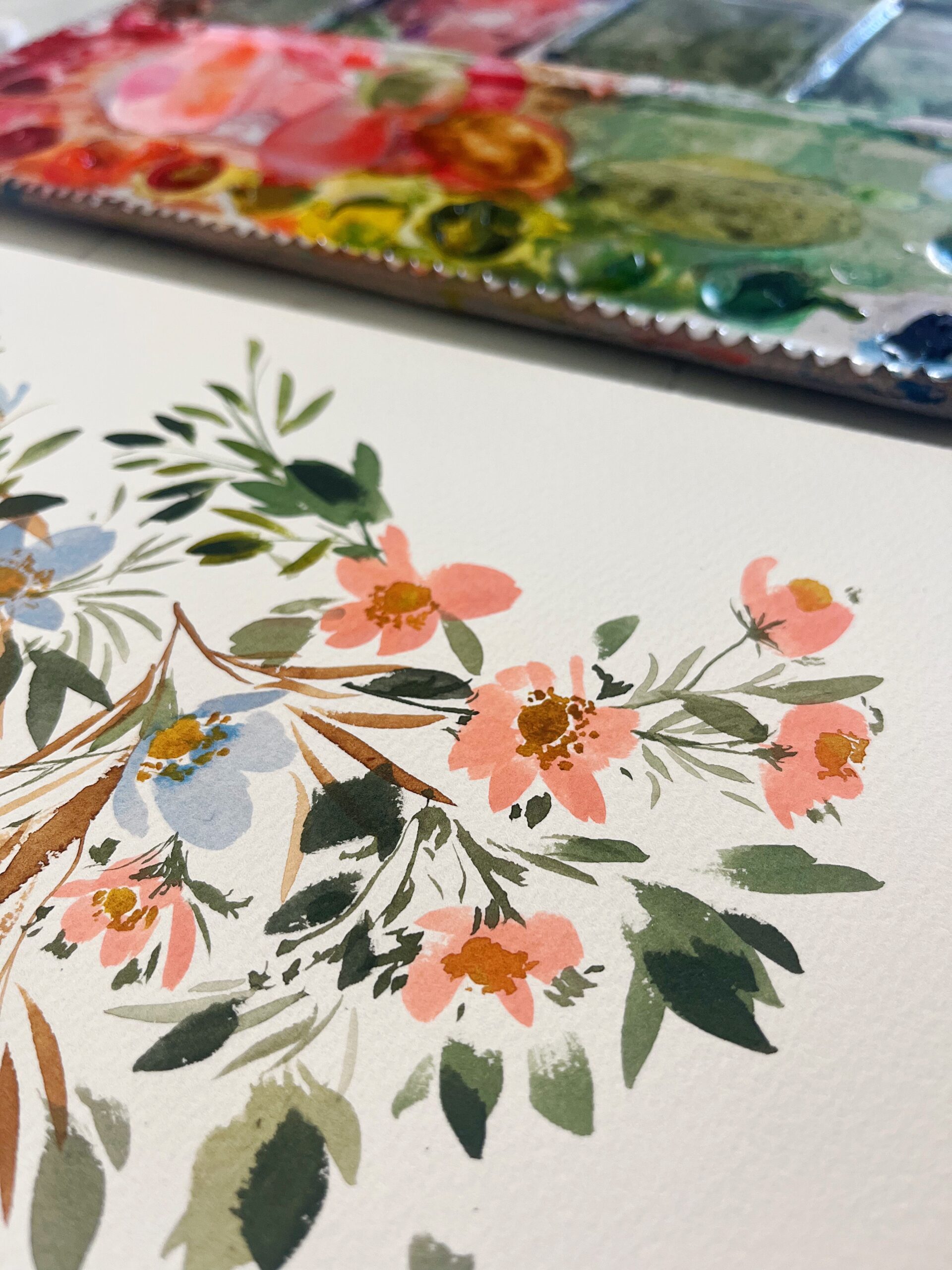The purity of a child's expression is seriously something to behold. The unfiltered creativity and candidness they bring to their narratives, artworks, and play reveal a universe uncorrupted by societal norms, expectations, and self-censorship. As we have been delving into the realm of creativity and the art of expression, it’s important to take a deep look into children's unfiltered imagination. There's much we can learn, both about the children themselves and about the very essence of creativity from looking at its place of origin: the mind of a child.
Lessons from children's unfiltered creativity
1. A Reflection of Unadulterated Reality
Children possess a unique blend of naivety and wisdom, which often surfaces in their unscripted moments. While they might not have the vocabulary or the nuanced understanding of adults, their observations often cut through the noise, distilling experiences into simple yet profound insights. This unfiltered expression can be a mirror into their experiences, emotions, and, at times, even the zeitgeist of the times they're growing up in.
2. The Birthplace of Innovation
Raw, unhindered imagination is where novel ideas are born. The world of a child is free from the shackles of ‘the way things are done.' This fresh perspective often leads to inventive solutions and creative masterpieces that can be revelatory even for adults. The toys children invent, the stories they conjure, and the games they create are testaments to the innovative potential of an unbridled mind.
3. Emotional Catharsis
Unfiltered expression serves as an emotional outlet for children. Whether it's a drawing of a family, a clay sculpture of a pet, or a make-believe game about outer space adventures, these manifestations can be ways children process their emotions, make sense of their world, or express desires and fears. By observing and understanding these expressions, caregivers can better support children's emotional well-being.
4. The Magic of Literal and Abstract Thinking
Children oscillate between literal interpretations and wildly abstract connections. One moment they're detailing the exact sequence of their day, and the next, they're narrating a tale of a dragon befriending a refrigerator. This duality offers a unique lens into the fluidity of young minds, showing us the beauty of both grounded thinking and uncharted imagination.
5. Lessons for Adults
While the unfiltered expressions of children provide a fascinating study in themselves, they also serve as reminders for adults. They nudge us to:
Embrace Vulnerability: Just as children wear their hearts on their sleeves, adults can benefit from genuine, vulnerable communication.
Prioritize Play: Play isn't just child's work. It's a source of joy, creativity, and stress-relief, even for adults.
Seek Fresh Perspectives: Every now and then, it's helpful to look at our routines, problems, and systems with fresh eyes, questioning the status quo.
Celebrate Creativity: An appreciation for the uninhibited can reignite our own passions and creative pursuits.
Related: 3 Reasons Why You Haven’t Found Your Artistic Style
In conclusion, the unfiltered expressions of children are not just charming quirks of childhood but are windows into the intricacies of human cognition, emotion, and creativity. By valuing and understanding these expressions, we can not only support the next generation more effectively but also rediscover the magic and potential within ourselves.















+ show Comments
- Hide Comments
add a comment